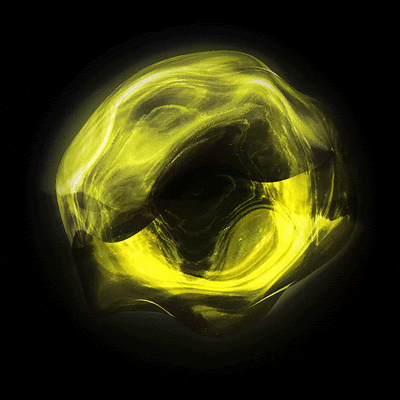
With all the hype surrounding the launch of the Apple Watch there’s some lessons that all marketers can take out from Apple’s grip on brand experience. And before you roll your eyes and utter, but we’re not Apple we don’t [insert size, budget, boring product excuse here], every brand can afford to take a good look in the mirror to see if it’s keeping pace with customer expectations.
User experience has always been Apple’s forte
Whether you like them or not, Apple are the masters of user experience. We’ve trialled most of the current “smart watch” offerings and they feel clumsy and awkward. Most have taken existing device ux conventions and applied them to a new device. But it’s a question of being fit for purpose. For obvious reasons, it’s pretty hard to navigate using your fingers because the watch face is too small.
So the challenges are clear. So, when I got my hands on an Apple Watch last month, I was impressed with one of their biggest innovations, the Digital Crown.
For those not keeping up with the hype out of Cupertino, Apple has transformed the traditional watch crown (the knob on the side, for the millenials) used to wind up or change the time and date on a traditional analog wristwatch into a navigation tool. It lets you zoom, scroll, and select without covering the screen and improves the user experience. Genius! And with hindsight so simple, but something the makers of roughly 100 other so-called “smart” watches hadn’t thought of.
Before you start denying the strength of Apple’s latest launch, consider these figures. Forbes reported that Apple is forecast to sell between 2-4 million watches in the first quarter to June. To give perspective of the pulling power of the Apple brand, Apple sold roughly 1 million units, in pre-order sales than all Android-based smart watches throughout all of 2014 (720,000 units) (source: Canalys).
But brand experience matters more
But it’s not only user experience and new tech development that’s interesting about the launch of the Apple Watch. Apple have also overhauled their brand experience to match the more personal nature of the watch product.
This is part of a natural evolution when you think about it. Apple was the first technology company to focus on not only on the product but the packaging. They have consistently created leading packaging experience of any technology brand, so much so that it’s been associated with selling fashion instead of tech products for years. So it was only a matter of time for Apple to produce watches.
So for the first time they’ve banned the long queues that have been synonymous with any Apple launch. The hyper-line approach works for a more transactional piece of technology like a phone, but for a fashion item costing up to $21,000 it doesn’t stack up.
The experience is personal, with intending purchasers needing to make a one-on-one appointment in store to view various watch styles and sizes. The experience is more akin to a high-end fashion boutique, albeit without the hushed tones and haughty attitude.
Apple has always been uber-conscious of the brand experience they deliver from product to packaging, ecosystems, promotion, price and their retail environments whether it’s their own or via third parties. For Apple, every part of the customer journey is consistent, thoughtful and deliberate.
Think of the delight as you unwrap your phone, it’s almost painful throwing away the packaging. The simple and surprising thoughtfulness of the way cords are stored, information is shared. It’s cool.
And remember when the first Apple stores started popping up? They’re iconic. People wanted to visit them just to experience them, not necessarily because they needed to buy anything.
But they didn’t stop with the architectural footprint, Apple re-looked at the in-store engagement. They have Geniuses. You can book, using their devices, an appointment to learn, to fix, or to entertain the kids.
Tech and retail will never be quite the same. All it needed was a brand that really gets ‘brand’.
So, how does your brand stack up?
What’s the user or brand experience like when your customers try to buy from you?
Consider this experience; when we were at SXSW in Austin Texas a few weeks back I tried to buy an overseas data and call plan ‘add on’ with my existing mobile supplier:
- I couldn’t find the overseas product on their website
- I couldn’t find it through their website search function
- I found the page I need by searching for it in Google
- There was a free call number on that page, it was specific to the product but when I called the number it went to their general line not a product specific area
- I had to go through literally seventeen IVR prompts until I got to the right area where I could buy the product
- This process took 15 minutes, when I finally got through they had closed two minutes earlier
Instead of buying it with them, I bought a new SIM from a local US supplier for one third the price.
None of the above path to purchase issues are difficult to fix and don’t even come close to the brand sophistication of Apple, yet so many brands struggle at cost of entry levels.
We can’t all be Apple, but we can start with the basics and go from there. Conduct a brand experience audit regularly and ruthlessly. Get outsiders to do it if you can’t be honest with yourself. Listen, learn and implement improvement on the things that matter most (your audit research will tell you biggest pain points). Rinse and repeat.








